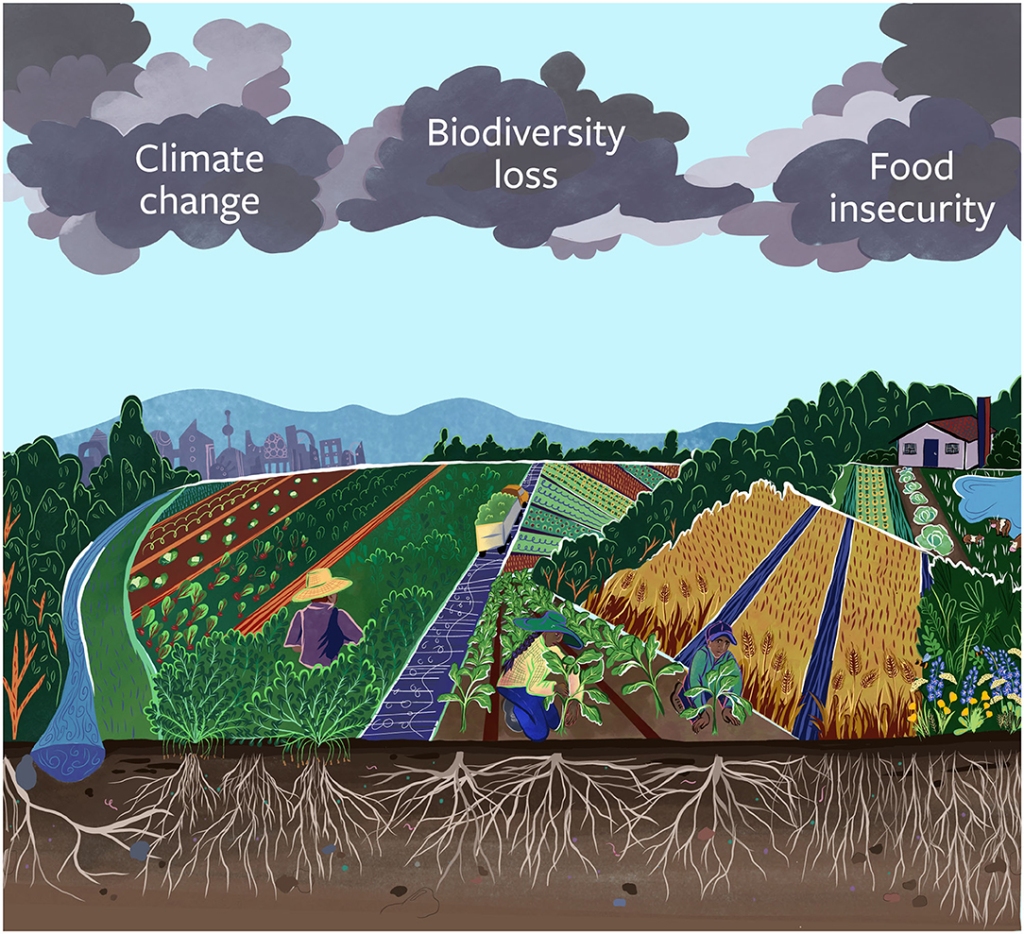Agroforestry for Biodiversity Conservation: A Historical Perspective
In today’s world, where the loss of biodiversity is a pressing concern, agroforestry has emerged as a sustainable and efficient method to conserve and restore ecosystems. Agroforestry practices have been used by civilizations throughout history to maintain food security, enhance soil fertility, mitigate climate change impacts, and promote biodiversity conservation.
The origins of agroforestry can be traced back thousands of years when early human communities began cultivating crops alongside trees. Ancient civilizations such as the Mayans in Central America and the Incas in South America practiced agroforestry methods that are still relevant today. These agricultural systems integrated fruit and nut-bearing trees with staple crops like maize, beans, and squash. By doing so, they not only ensured a diverse diet but also promoted ecological balance by providing habitats for birds, insects, and other wildlife.
One notable historical example is the ancient city of Tikal in present-day Guatemala. The Maya civilization established this thriving urban center around 800 BCE amidst a dense forest landscape. The inhabitants relied on agroforestry techniques to sustain their population while preserving biodiversity. They cultivated cornfields interspersed with various tree species like cacao trees (Theobroma cacao), which not only provided shade but also acted as windbreaks during storms.
In Asia, traditional farming systems like taungya in Myanmar or kandyan home gardens in Sri Lanka have long embraced agroforestry principles for sustainability and biodiversity conservation. Taungya involves growing temporary food crops under the canopy of newly planted forests before they fully mature. This practice allows farmers to utilize land effectively without clearing large areas of natural forests.
Kandyan home gardens are another remarkable example where households cultivate multiple layers of vegetation within their properties – from tall timber trees to herbs and vegetables – mimicking the structure of natural forests. These intricate systems support diverse bird populations while providing food, medicine, and timber for the local communities.
In Europe, agroforestry practices have been deeply rooted in historical land management. The ancient Celtic people practiced “silvopasture,” where trees were integrated with livestock grazing lands. This approach not only provided shade and shelter for animals but also improved soil fertility through nutrient cycling. Similarly, the practice of hedgerow planting across European farmlands created linear forests that acted as wildlife corridors connecting fragmented habitats.
During the Industrial Revolution, however, traditional agroforestry methods were largely abandoned in favor of high-input industrial agriculture. Monoculture farming systems became dominant and led to the loss of biodiversity and ecological imbalance on a global scale. However, over time there has been a growing recognition of the importance of agroforestry in restoring ecosystems and conserving biodiversity.
Today, modern agroforestry practices have evolved to address contemporary challenges such as climate change mitigation and sustainable livelihoods for rural communities. Agroforestry systems like alley cropping involve planting rows of trees alongside agricultural crops, providing multiple benefits like increased crop productivity, carbon sequestration, erosion control, and habitat creation.
Another innovative approach is known as forest farming or multi-storey farming. This practice involves growing different plant species – from tall trees to shrubs and ground cover plants – within a single area to maximize space utilization while fostering biodiversity conservation.
Agroforestry has gained prominence at both local and international levels due to its potential to restore degraded landscapes while promoting food security. Organizations such as World Agroforestry (ICRAF) are actively working towards integrating tree-based solutions into agricultural landscapes worldwide.
In conclusion, agroforestry is not just a contemporary concept; it has deep historical roots ingrained within various cultures around the world. By learning from past civilizations’ sustainable practices and combining them with modern innovations, we can harness the power of agroforestry to conserve biodiversity, restore ecosystems, and secure a sustainable future for generations to come. Embracing agroforestry practices is not only an investment in our planet’s health but also in the well-being of rural communities and their homesteads.


Leave a comment